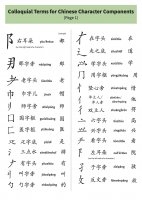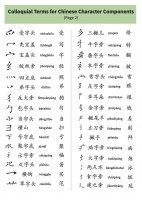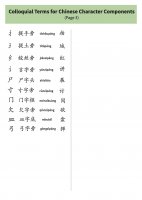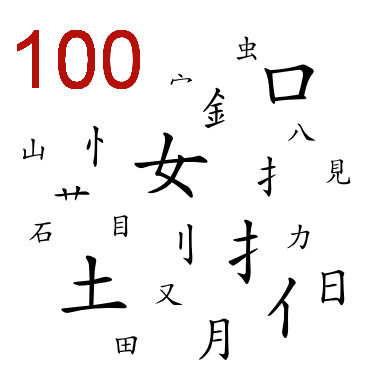Hi, Sean2,
you're welcome, and thank you for your inspiring questions.
Since our psyche is the basis of our intellectual activity, including learning a new language, I agree it certainly is worthwhile to place one's focus on the psychological aspects of learning. Since none of our brains are the same, I also believe that even though there are many paths to Rome, only some will work for some people. There are some basic tenets such as not overwhelming one's brain with too much new information, and practicing repetition of newly acquired materials at the right time intervals. But when it comes to choosing a good ordering of activities for learning Chinese, I believe that very little can be said that suits all learners in all generality. For someone who has a good visual memory, it would probably be a good idea to practice writing characters first. That will allow them to build a sound initial structure, or scaffolding, in their mind, that they can tack other content on to. Extroverted, communicative people will likely prefer to start with dialogues with teachers/native speakers, and start remembering things that way. Many more distinctions can be discovered, of course, which will set even introverted, visual types apart from each other.
Proper prioritization, in my view, can take place only through trial and error, because a book or even someone you know who recommends a particular strategy to you, do not know your psyche and its development up to this point. A strategy of choosing a recommended "best" approach ought to be seen within the context of trial and error. By picking up different learning strategies, or better still, inventing one's own, and staying with them until you're sure you have discovered their upsides and downsides yourself, you should become an explorer of your own mind and abilities. The more independent you become early on, the better, and the more likely it is, I think, that you will never be at a loss for too long, allowing you to progress farther. I think that especially at later learning stages (after a few years), only you will know what you need to do to improve.
It may well be that in the preceding paragraph, I fell prey to the precise mistake I wanted to avoid: The above strategy doesn't work for everyone, so it cannot be considered a general strategy, either. It certainly helps always to try and become consciously aware of what one has learned—that may be the cornerstone of the above strategy. Other people may prefer to use "brute force learning", which is staying with one learning approach for as long as they can.
I see you are also interested in language teaching-and-learning psychology and methodology. What I outlined above is of course geared more towards individual learning. Back in 2017, I tried a new strategy, learning individual characters instead of words, and I also expressed some thoughts on language teaching:
Hi, I’m going to write down why I feel a mixed word- and character-driven approach is more efficient than a purely word-driven approach for learning Chinese. I think the question shouldn’t be whether to use one or the other approach exclusively, but rather when to study words and when to study...
plecoforums.com
It wasn't too complete, but you can see I was trying different approaches. Now, I am working more with sentence-by-sentence translation and translating the Chinese books I read into a Western language.
I'm sure you can tell from my post that I do not place that much value on prioritization, precisely because people think in different ways. You can of course perform individual learning tasks in a wrong way or a right way. But which one you choose first, I think, does not matter.
On linguistic and cultural homogenization, I have the gut feeling that there will be fewer languages, but still a large number of them, and they may become more varied within—but I'd have to read up on this subject before adding more.
Best, Shun








